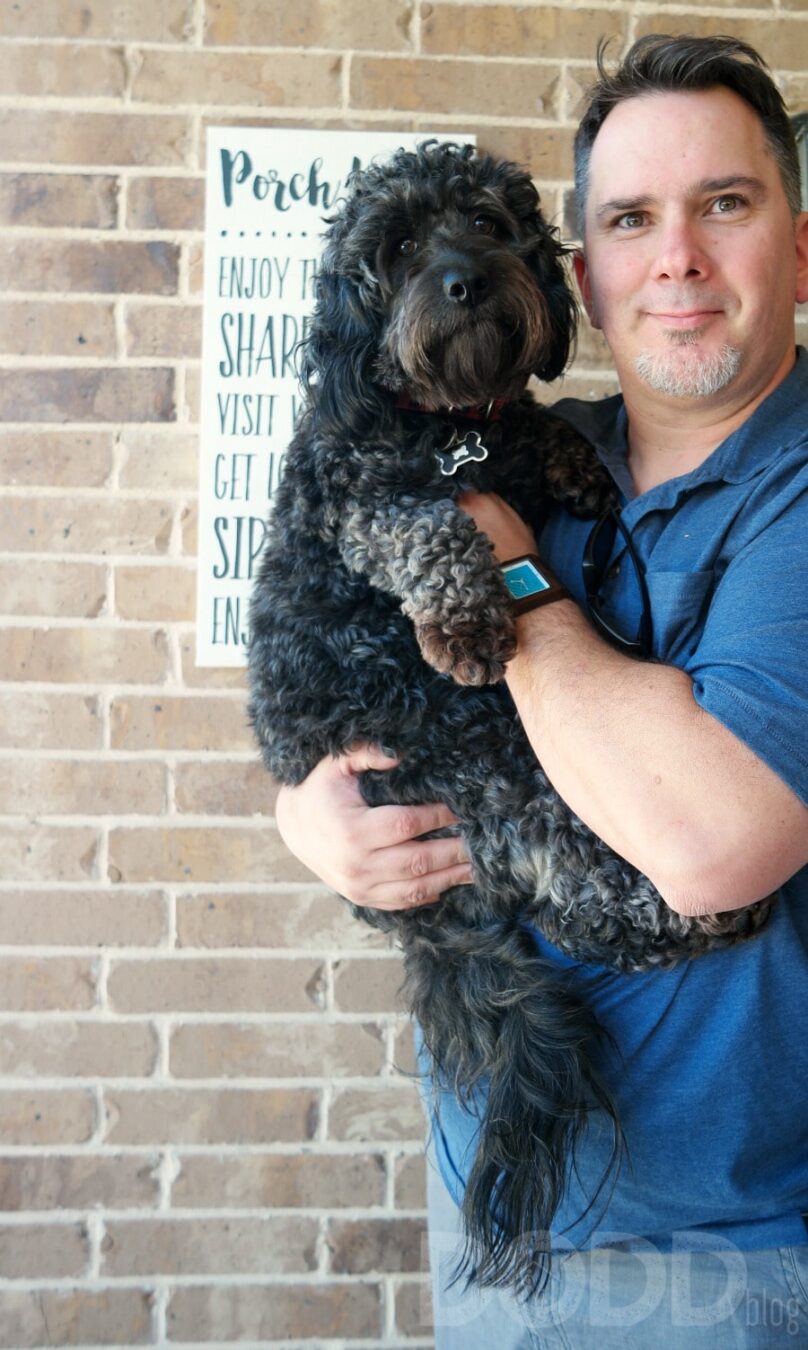Dogs are adorable and lovable additions to any family. They’re known to be unconditionally loyal and caring, so it’s easy to see why so many want to adopt a dog into their homes.

Advantages Of Hypoallergenic Dogs
However, there are important considerations when getting a dog, and one of them is whether the breed is hypoallergenic or not. A lot of people aren’t aware that they’re allergic to dogs or fur in general until they finally have a pet of their own. Unfortunately, some individuals have to give up their newly adopted pet the moment they find out that they have allergies.
That situation could be easily avoided by making sure you’re not allergic to dogs prior to adopting. And if you are, you could opt for hypoallergenic dogs instead. But aside from being less likely to trigger allergic reactions, there are other benefits that hypoallergenic breeds can bring. Just check out the list below.
Avoid Allergic Reactions
As mentioned, one of the advantages of hypoallergenic dogs is that they can reduce the possibility of their owners getting flare-ups from allergies. If you know that you’re allergic to fur, you’re probably going to need to look for dogs that specifically have hair and not fur. And if you’re not yet aware of whether you’re allergic or not, it’s best to find out sooner than later.
Most people probably think that dogs have fur, not hair. But that’s not the case because dogs can have either. Fur is usually what causes the allergic reaction, while hair is more hypoallergenic. To distinguish dogs that have hair from dogs that have fur, here are the signs to look out for:
- Hair is longer than fur.
- The growth cycle of hair is longer.
- Hair is shed seldomly.
- Hair grows in one layer.
- Fur is shorter.
- Fur is thicker.
- Fur has a faster growth cycle.
- Fur grows thicker around wintertime.
- Fur is shed regularly.
- Dogs with fur might have a double coat.
And because hypoallergenic dogs have hair, you can avoid sneezing and all kinds of symptoms from dog allergies. Even when you have friends or family over, you won’t have to worry about them feeling uncomfortable from having allergic reactions in your home.
Less Hair To Clean
Another benefit to adopting a dog that’s hypoallergenic is that you won’t have to clean up as much. As mentioned above, fur is shed easily and regularly, and that happens to hair only seldomly. This means you won’t have to worry about vacuuming as often as you would with a non-hypoallergenic dog.

Dog Hair-Free Clothes
Dog hair on your clothes can affect how you put together a look. Unfortunately, depending on the color of your dog’s coat, certain strands could be more obvious. For instance, your black clothes could look more obviously covered in fur if your dog is non-hypoallergenic and white.
Hypoallergenic dogs rarely shed, but when they do, the strands of hair don’t float in the air, unlike fur. This means that allergens won’t spread throughout your home and stick to your clothes.
Less Drooling – Advantages of Hypoallergenic
Fur isn’t the only allergen that comes from dogs—the bacteria in their saliva can result in allergic reactions, too. Some non-hypoallergenic dogs drool a lot, while hypoallergenic dogs salivate less. Therefore, getting hypoallergenic dogs means having to deal with minimal shedding and drooling. Whether it’s in your home, car, or anywhere else, you can avoid allergic reactions from their saliva.
Their Urine Contains Fewer Allergens
Another thing that contains allergens is a dog’s urine. Even if your canine is potty trained, urine could still travel onto their fur or hair, especially if they’re pretty shaggy. From there, it could spread throughout your home, like your carpet and couch, and lead to allergic reactions later on. However, the urine of hypoallergenic dogs contains fewer allergens.
You Can Spend More Time With Them
Finally, the most obvious and best benefit you can get from hypoallergenic dogs is that you can spend more time with them if you’re allergic. In comparison, although you might want to interact with a non-hypoallergenic dog, it could be a health risk. It’ll get uncomfortable for you, and you won’t be able to play and cuddle with your dog as much as you want.
Conclusion
Dogs are some of the best friends anyone could have, but it’s essential to make sure that you’re aware of any allergies you might have to them. This way, you can get the perfect hypoallergenic dog right off the bat. Taking care of them will be easier because you won’t have to worry about any health risks.
